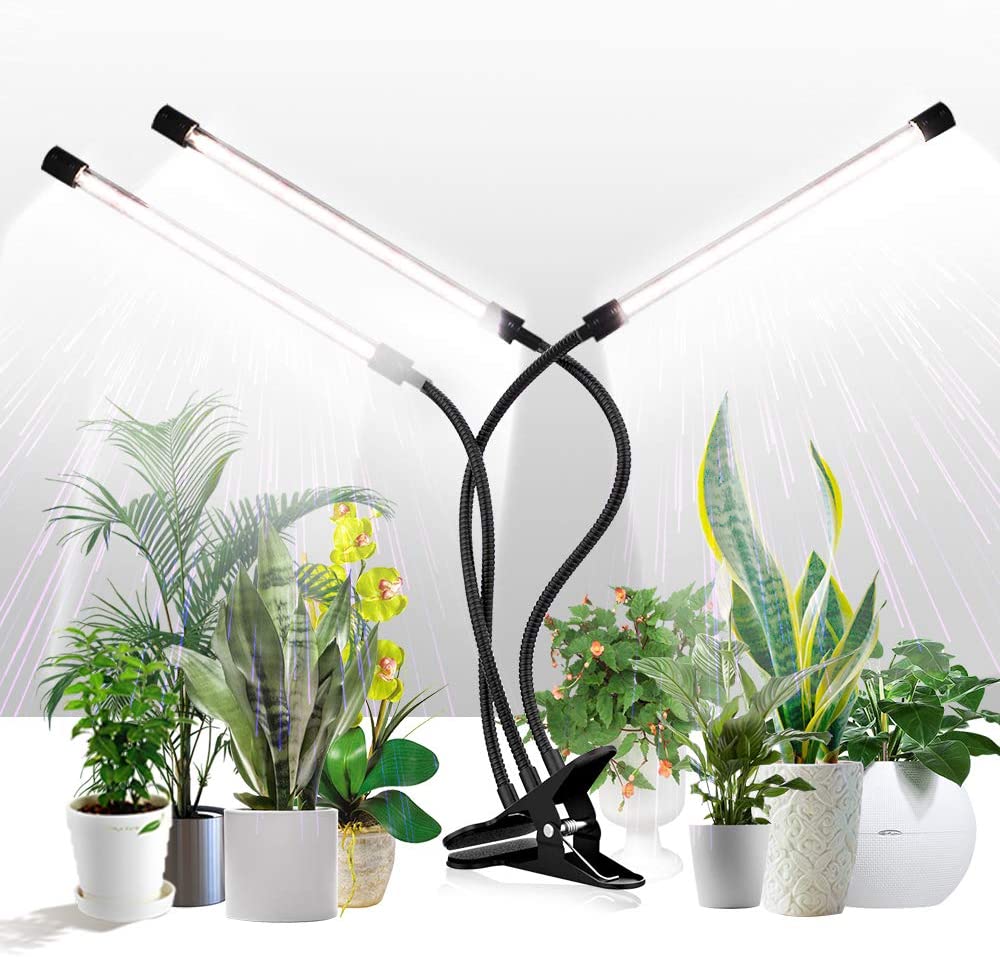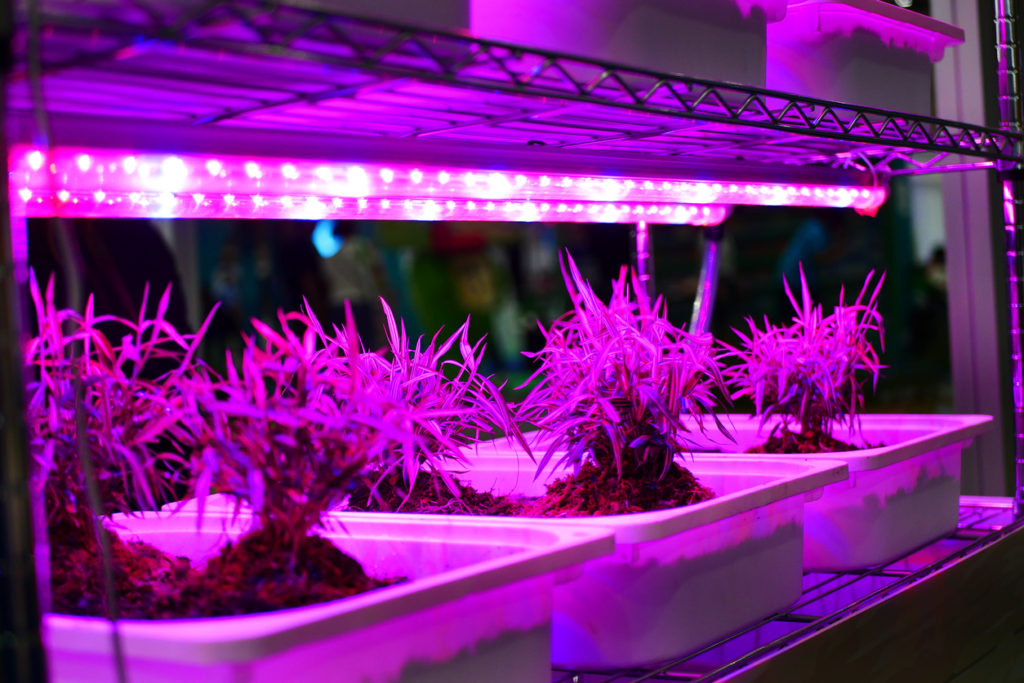A grow light is like an electric lamp that provides light comparable to the sun’s rays and encourages plant growth. Several varieties of grow led lights are available to meet the needs of various sorts of plants you may have at home. It isn’t easy to find the proper grow light. The following suggestions will help you decide what to look for when purchasing one for your plants.
-
Calculate the Space Needed for Grow Led Lights
Always calculate the area where you want to put the grow lights. Make sure you calculate by measuring the location’s square footage. Always make sure that while determining the size, you are only considering the growing area of your plants and not the entire region. It can avoid purchasing lights to cover the whole area.
-
Determine the Wattage of the Grow Lights based on the Plant Types
If you want to light tall plants like tomatoes, you will need roughly 40 watts of illumination since it’s necessary to maximise the plant’s fruit-bearing capacity and development. You can use nz grow light of 25 to 30 watts if you have tiny plants like herbs and lettuce. Determine the kind of plants you have and buy the light from the Led wholesalers at affordable prices.

-
Decide on the Grow Light Fixtures
Gardeners often favour metal halide lamps for vegetable growth, whereas HPS (High-Pressure Sodium) lamps are used for flowering plants. They believe that using the grow light will increase production by 20%. As a result, they followed a process that involved turning on the HPS for the blooming plant season and using the other fixture for the vegetative plant season.
However, presently, switchable ballasts are available in 400 and 1000 watt variants. Depending on your needs, you may utilise both lights at the same time with this pendant. If you want to grow tomatoes, the plant will produce a lot of blossoms.
-
Select the type of reflector
If you opt to use a grow light for your plants, be careful to use the appropriate reflector. It is crucial to increase led lights because they assist in uniform distribution over the entire growing area. Horizontal reflectors are more efficient than vertical reflectors because they enhance the amount of light by 40%. You may also have flanges with air conditioning properties and tempered glass to add to the aesthetic.
These factors will assist you in determining how to choose a grow light and how to increase its light beam. For more information visit our Website

